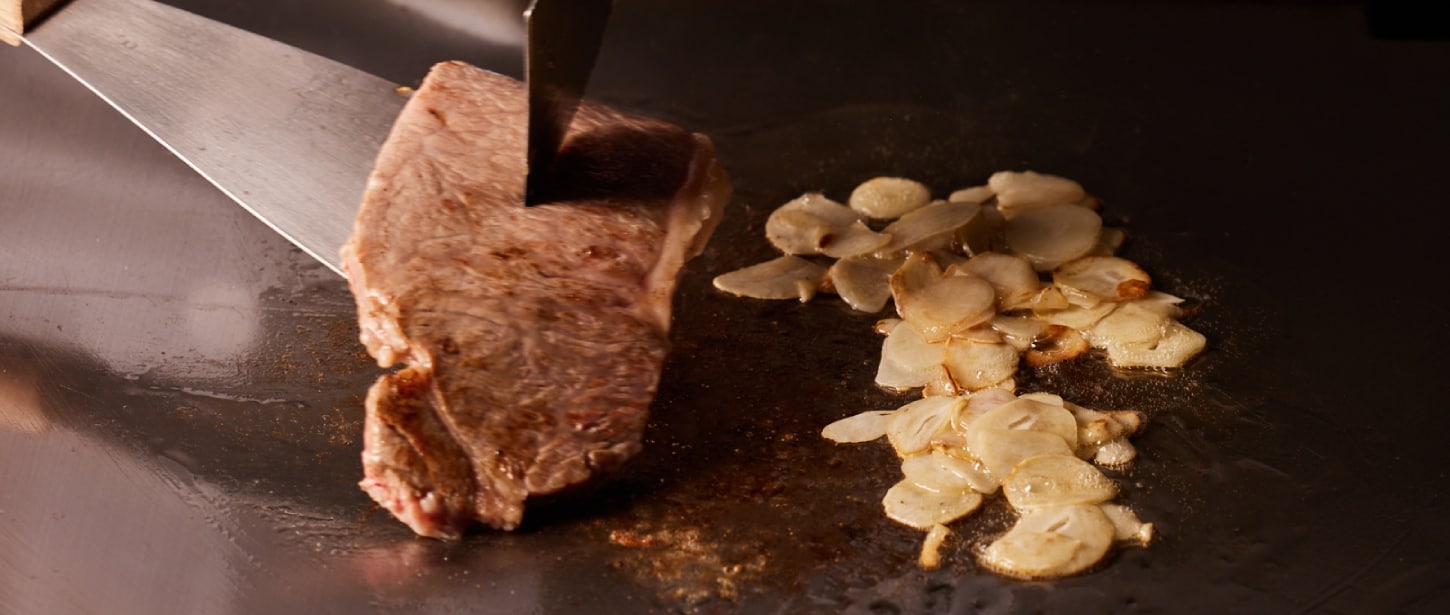
Sponsored by Hyogo Prefecture

Top-notch gourmet with Hyogo's finest ingredients
A culinary journey through Hyogo's finest flavors—then on to the Setouchi Triennale.
Surrounded by verdant mountains and splendid seas, Hyogo is a treasure trove of premium ingredients for gourmet cuisine. While Kobe beef stands out, Hyogo is also home to seafood such as Kasumi red snow crab, Akashi sea bream, and Awaji conger eel, which have legions of devoted fans. Here, we introduce some must-try delicacies when visiting Hyogo—after all, a gourmet journey through the tastes of the region is one of the true pleasures of travel.
After savoring the best of Hyogo's cuisine, why not continue your culinary exploration at the Setouchi Triennale? Held once every 3 years, this contemporary art festival takes place across the islands of the Seto Inland Sea and offers unique ways to experience local culture—including food. One highlight is Shima Kitchen on Teshima Island, a renovated traditional home turned restaurant and part of the festival's art project. Dishes feature freshly caught local fish paired with island-grown vegetables, while original drinks are made using seasonal fruit harvested on Teshima. For roughly 100 days, visitors can enjoy ever-changing menus inspired by the 4 seasons.
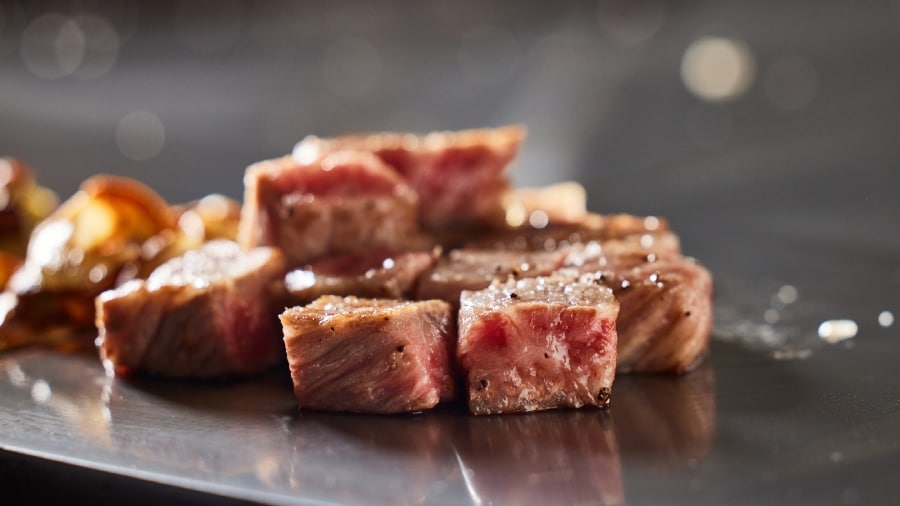
Indulge in a luxury dinner with premium Kobe beef
Cherished the world over, Kobe beef has a rich flavor and one-of-a-kind, melt-in-the-mouth texture, the result of generations of selective breeding and meticulous cultivation. Only beef that meets strict standards is certified as Kobe beef, found in Kobe City, Arima Onsen, and various other locations throughout Hyogo.
The hallmark of its flavor is its delicate yet deep taste. The fine marbling of fat, known as sashi, creates a beautiful shimofuri (literally, “frosted”) appearance, bringing mild sweetness and rich umami. Since Kobe beef's fat melts at a lower temperature than other wagyu (Japanese beef), it dissolves in the mouth without any of fat's usual feeling of heaviness.
Media Gallery Carousel
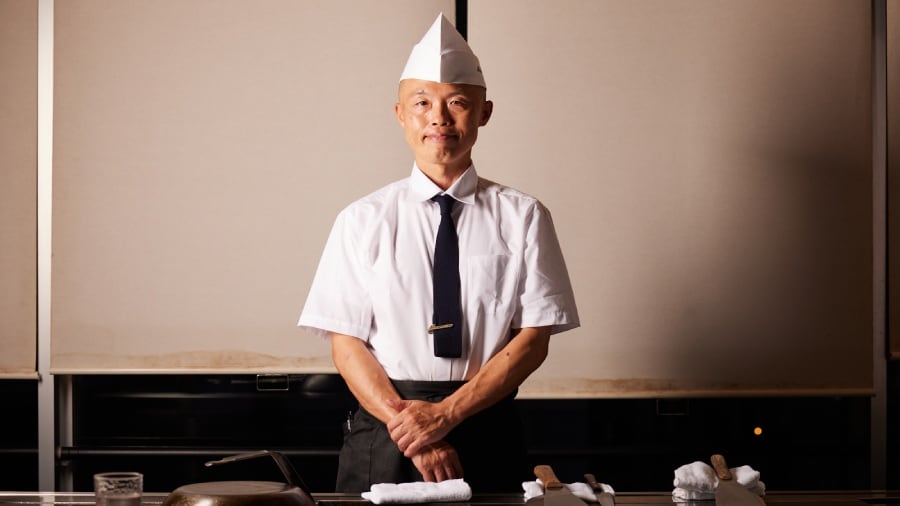
Misono
Photo : Manager Naoyuki Kitada of Misono Kobe Main Store, the original teppanyaki steakhouse.
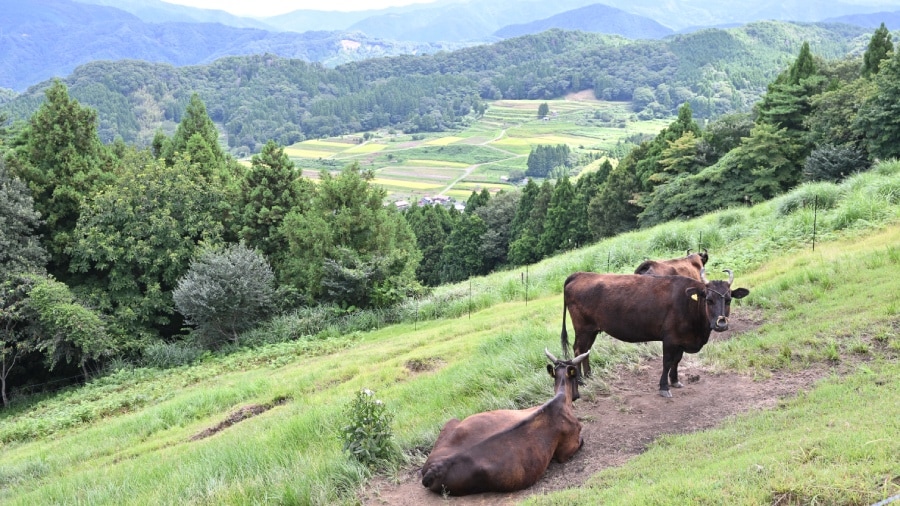
Tajima cattle: The birthplace of the world-renowned Kobe beef
Photo: Tajima Pasture Park
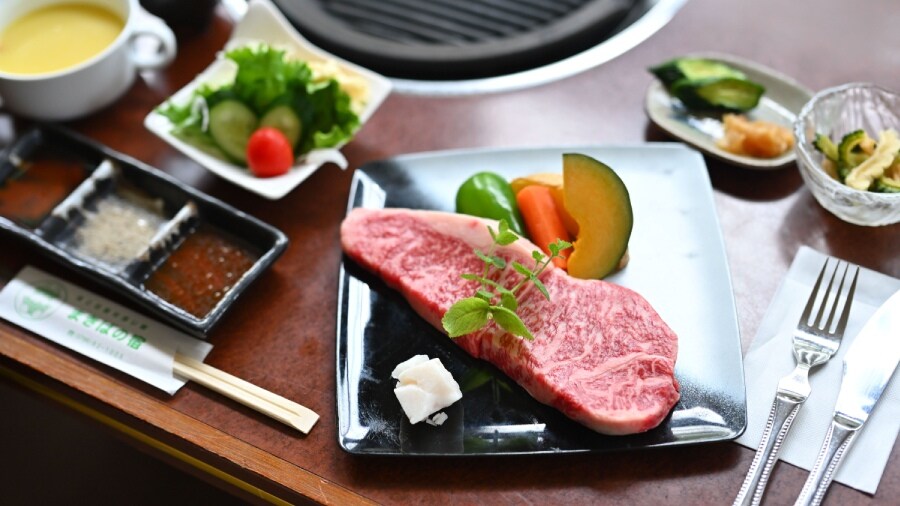
Furusato
At Furusato, a restaurant housed within the Tajima Pasture Park, a wide variety of dishes featuring Tajima beef are on offer. To fully enjoy the umami of Tajima beef, the steak set (reservation required at least 1 day in advance) comes highly recommended. Here, you can cook your own barbecue-style steak, giving you the freedom to prepare the meat according to your preference.
Tajima Pasture Park is also home to the Tajima Cattle Museum, a facility dedicated to passing on the history and value of Tajima cattle and Kobe beef to future generations. With numerous interactive exhibits, it is especially popular among international tourists. Guided tours led by expert staff are also a favorite, and communication with translation devices is available.
Photo: Steak set at the restaurant Furusato
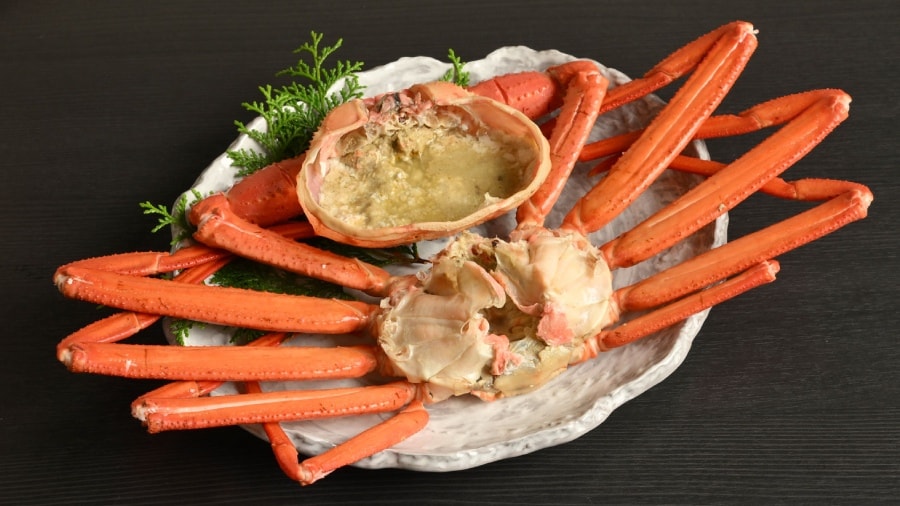
Savor “Kasumi Crab”, caught only in Kasumi in the Kansai region
Hyogo Prefecture is said to be the birthplace of crab cuisine and Kami Town in Hyogo is one of the few places in Japan where you can compare Matsuba crab and red snow crab. In Kansai, the only place that lands red snow crab is Kasumi fishing port, where it's locally known as Kasumi crab. The crab season runs from September 1 to May 31, and Kasumi crab is characterized by its full, juicy meat and rich sweetness.
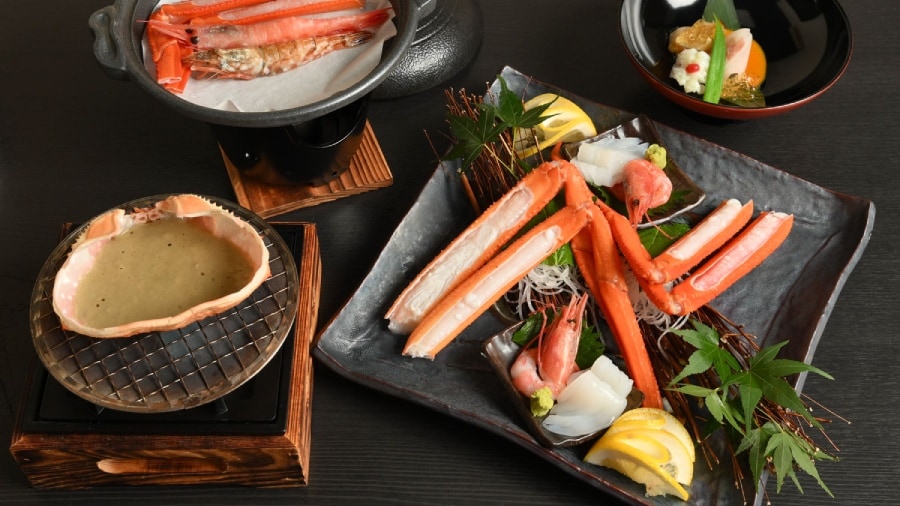
Kawai Kasumi Honten
At the seafood restaurant Kawai Kasumi Honten in Kami Town, you can enjoy both Kasumi crab and Matsuba crab, sourced directly from the fishing port's auctions, at reasonable prices. The restaurant offers a variety of dishes such as sashimi, boiled crab, ceramic plate-grilled crab, and crab hot pot, allowing you to fully enjoy all the flavors of Kasumi crab.
You can also extend your stay by relaxing at Kasumi Onsen Village or venture out to nearby Kinosaki Onsen or Yumura Onsen for a comforting getaway.
Photo: Kasumi red snow crab sashimi, grilled crab miso, and ceramic plate-grilled crab.
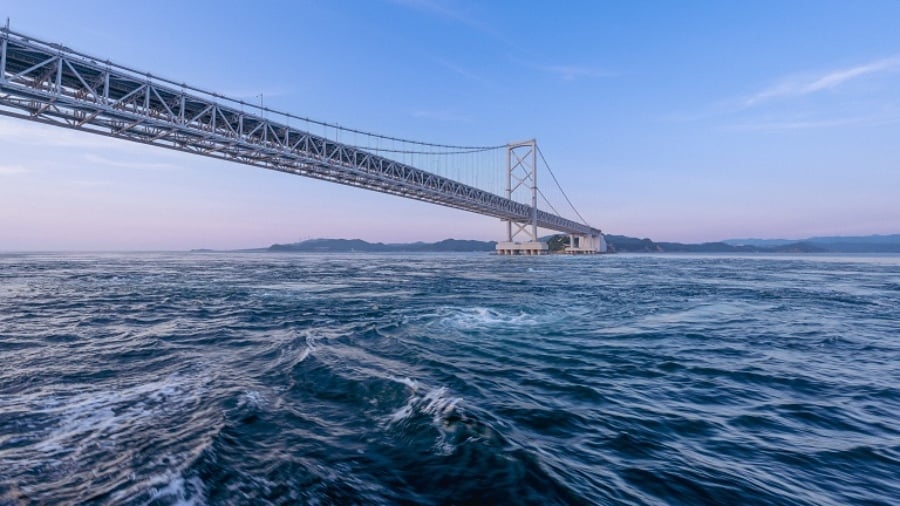
Premium Akashi sea bream, caught in the Akashi strait and delivered up by skilled fishermen
The Akashi Strait, located between Akashi City, Kobe City, and Awaji Island in Hyogo Prefecture, is one of Japan's premier fishing areas. The swift currents and abundance of shrimp, crab, and other feed result in well-grown fish with firm flesh.
Thanks to traditional Akashi fishing techniques such as ikegoshi (minimizing stress by keeping the fish in holding tanks after being caught) and shinkei-nuki (a method that delays rigor mortis), the freshness of the fish is preserved until it reaches restaurants.
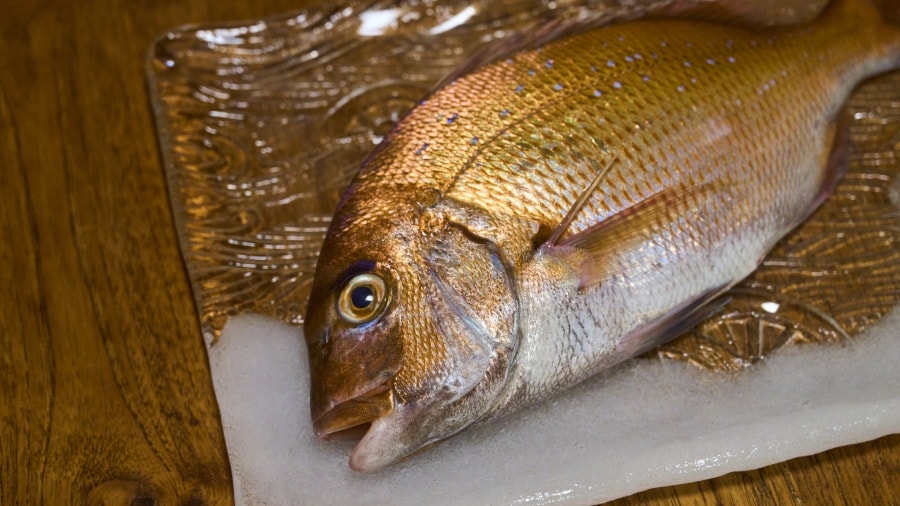
Akashi sea bream
Akashi sea bream is regarded as the highest-quality sea bream in Japan. Only sea bream weighing over 800g and landed by one of 6 fishing cooperatives, including the Akashiura Fisheries Cooperative, are allowed to go by the name of Akashi sea bream. Known for their beautiful pink bodies adorned with blue spots and a face that almost looks as if it's wearing eyeshadow, autumn-caught Akashi sea bream is especially prized for its plump, fattened flesh, packed with umami and sweetness.
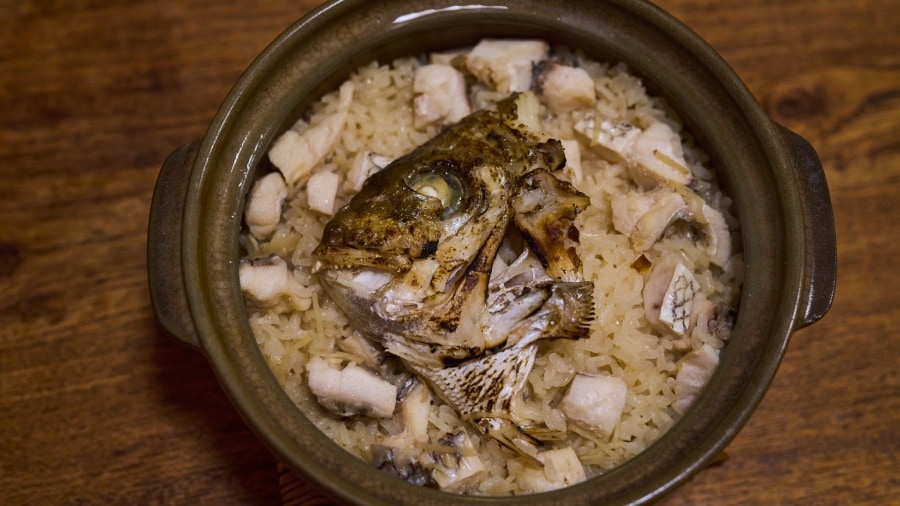
Sakanaya Ebisui
At the Japanese restaurant Sakanaya Ebisui, run by chef Naoyoshi Ebisui, who was born into a fisherman's family, a plethora of dishes featuring Akashi sea bream is provided for customers, including sashimi, tempura, simmered fish, and grilled fish. The restaurant's signature dish is tai meshi (sea bream rice), which combines sea bream heads and generous portions of fillets cooked with rice over charcoal. The rich flavor from the fish infuses the fluffy rice, while the firm fillets add a delightful contrast in texture.
Photo: The popular tai-meshi (sea bream rice) dish at Sakanaya Ebisui
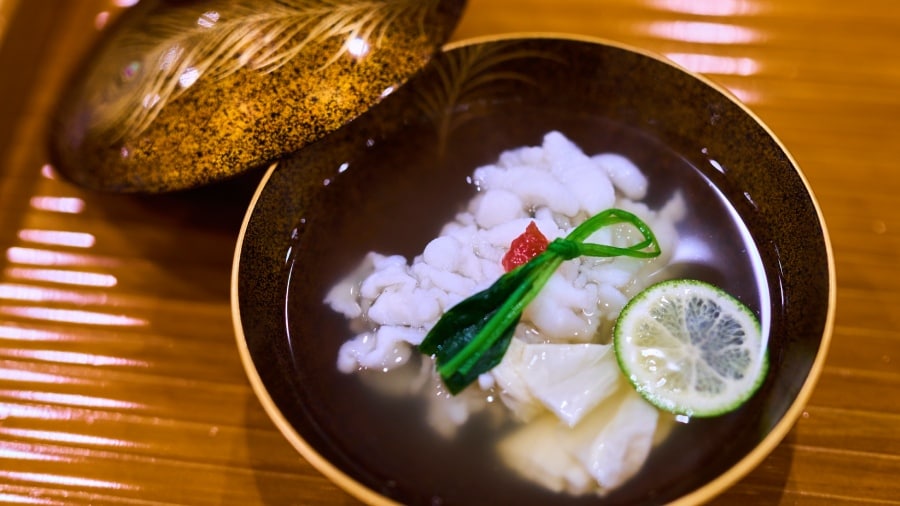
Awaji Island's hamo, prized among Japanese pike conger eel for its exceptional beauty
Hamo (pike conger eel) is a high-end fish cherished as a summer delicacy. Awaji Island, known for its fresh, lively hamo, has a long-standing tradition of enjoying hamo cuisine.
Hamo is known for being both difficult to prepare and time-consuming due to its many small bones, requiring a technique called honegiri (bone cutting) that enhances the eel's unique texture and bite. Awaji Island's wealth of skilled chefs and artisans with the expertise to prepare hamo means that visitors can enjoy plentiful hamo dishes at various local restaurants and inns.
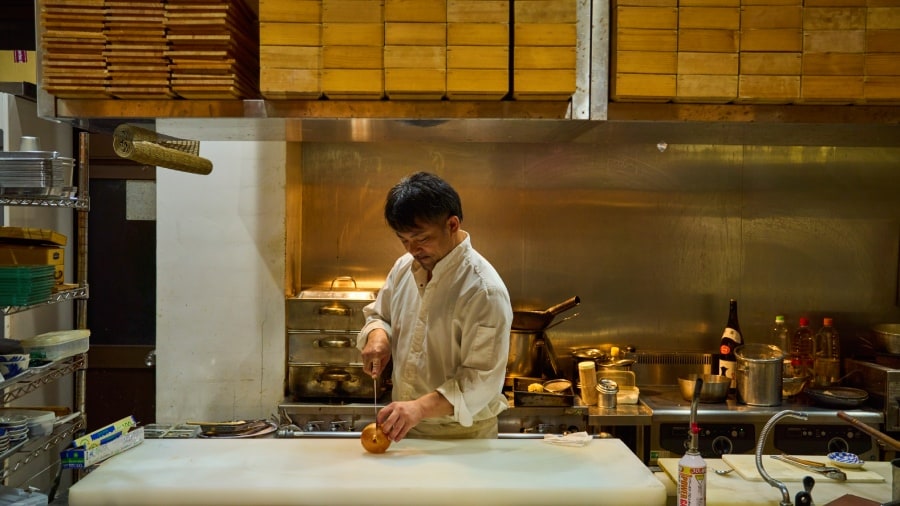
Ikoi
Awaji Island's Ikoi Japanese cuisine offers customers a full course of hamo dishes, from appetizers and sashimi to soup, sushi, tempura, and hamo hot pot, available from June to October.
Photo: Takahisa Sugamura, head chef and owner of Ikoi Japanese Cuisine.
Media Gallery Carousel
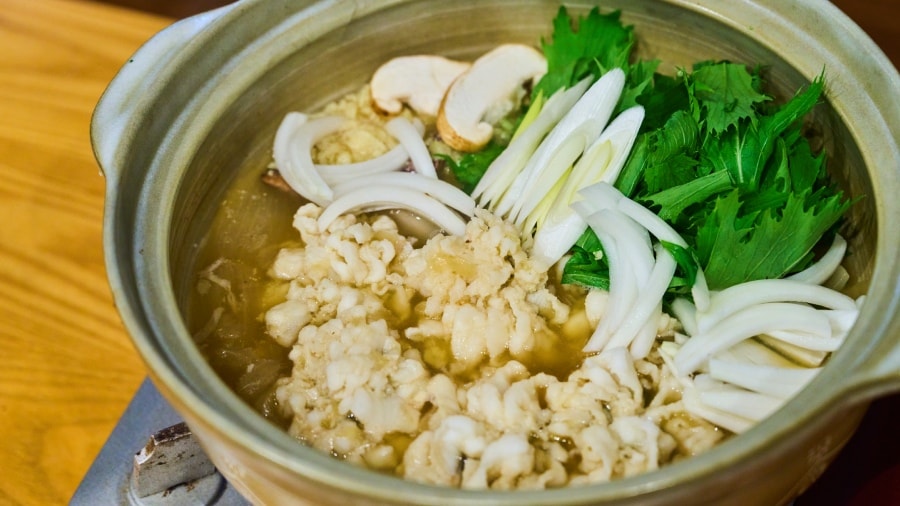
Hamo hot pot
The hamo hot pot, crafted by chef Sugamura, features a broth made by simmering grilled hamo bones for around 2 hours. Local Awaji onions are used generously to bring out the refined sweetness of the eel. When cooked, the hamo expands like a blossoming flower, growing more tender still, and making its delicate flavor a truly luxurious experience.
The final touch to the hot pot is the addition of Awaji Island's famous hand-pulled somen noodles, another dish not to miss out on.
With your appetite satisfied, why not go on to unwind in one of Awaji Island's many hot springs? Try nearby Sumoto Onsen or Minami Awaji Onsen for the perfect relaxing conclusion to your trip.
Photo: Hamo hot pot, served as part of a full-course hamo meal.
Photo : Awaji Island's famous hand-pulled somen noodles are used to finish off the hot pot.
 Opens in a new window
Opens in a new window Terms and conditions
- Prices are updated regularly and are accurate when published.
- Offers are subject to limited availability and may be discontinued without notice.
- Please click through to individual deals to confirm prices, availability and applicable terms and conditions for those deals.
- Expedia’s usual booking terms and conditions apply.